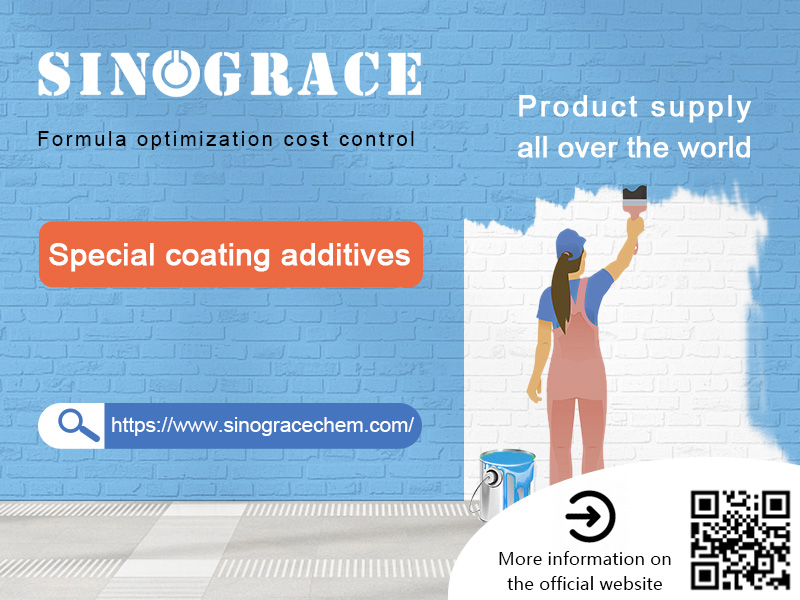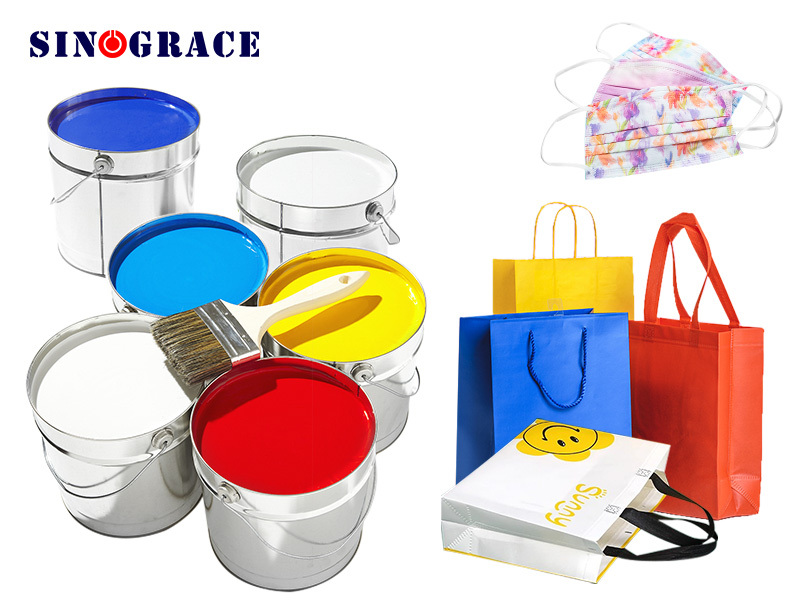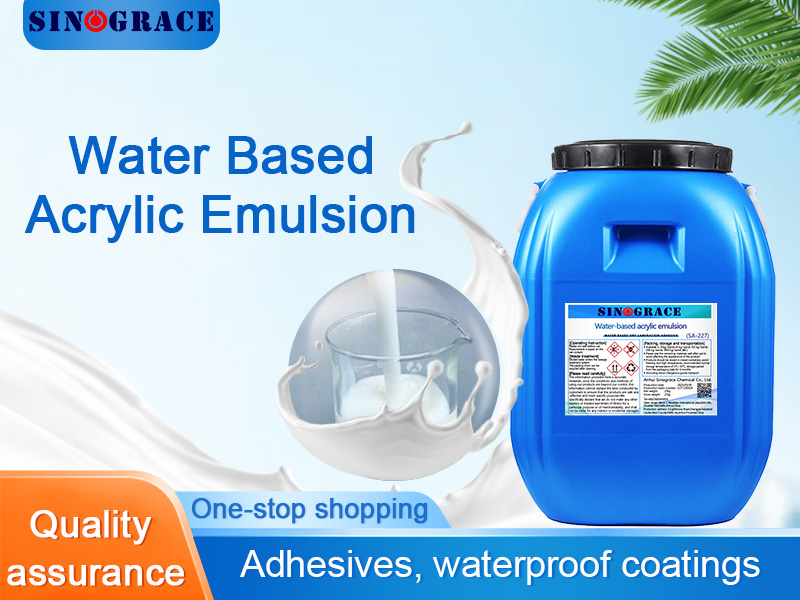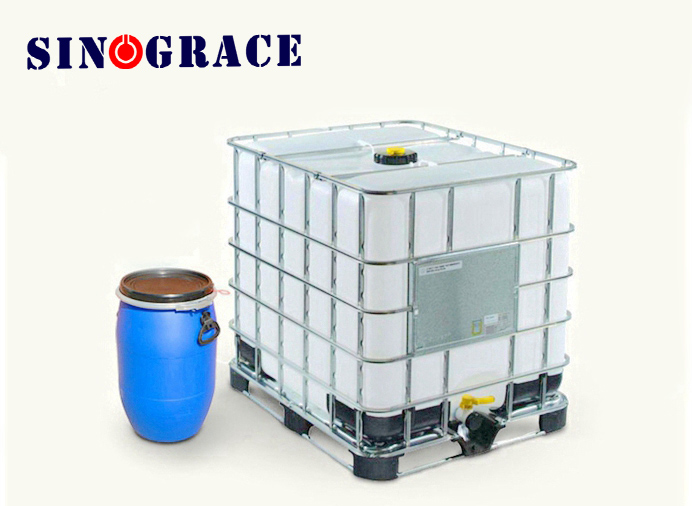
2023-09-21
How to color printing ink? In the printing process, many of the color of the sample ink can not be used directly, the need for production enterprises to deploy according to the color of the sample, this process is called the color matching of the ink, and the printing plant is called the ink mixing. The color of printing ink is very important for printing, and it is also a difficult problem.The color of printing ink is very important for printing, and it is also a difficult problem. Usually the use of three kinds of primary color ink in different proportions to reconcile the special color of any color, is to follow the three primary color theory, there are certain rules.The ideal three primary colors have the same coloring force, and can be called black after equal mixing. In fact, there are optically insurmountable defects in the three primary colors, and the color mixed out is brown.Inks are mixed in different proportions to obtain different color complexions, which are biased toward one or two primary color ink mixtures with large proportions. The standard intercolor hue can be obtained by mixing two kinds of primary color inks in equal amount. Two kinds of primary color inks are mixed in different proportions, and the resulting intermediate color is biased to the primary color inks in large quantities. Printing ink color tips: (1)The color of the printing ink should be as far as possible using the same type of ink produced by the ink factory, the color saturation of the setting ink (chroma) is higher than the color saturation of the color of the two ink. (2)If you want to use several shades of ink color, should try to use the color close to the setting ink mainly to adjust the new color ink. (3)When matching colors, the variety of ink should be reduced as much as possible, because the more varieties of ink matching colors, the higher the color loss ratio, will reduce the brightness and saturation of the color matching ink (chroma), so it can be matched with a hue, do not use two colors of ink. (4)When deploying light-colored ink, white ink should be the main ink, and a small amount of primary color ink should be added. (5)When printing plastic packaging materials, in order to obtain light-colored ink and still maintain the viscosity required by the ink, diluent should be used, and try not to use diluent, because the plastic is not easy to absorb the solvent, the diluent is too much, the drying energy needs to be increased, and the bonding force is reduced because the solid content is too small. (6)Different manufacturers, different models and varieties of ink can not be mixed, otherwise it will affect the luster of the mixed printing, the fastness of the printing, and may even cause the ink gelation. 3.Make proper use of complementary color relationships.According to the principle of complementary color subtractive method, complementary color is added to achromatic. When mixing color inks, complementary colors should be used correctly.Sometim...
read more
2023-09-15
Pigment printing The printing method of coating printing is that the non-water-soluble substance particles with color or special effect are adhered to the fiber/fabric surface with a polymer adhesive to form the desired pattern. Paint printing characteristics 1.the process is simple and convenient, wide applicability to fibers; 2.Complete chromatography, bright color; 3.Clear outline and distinct hierarchy; 4.The disadvantage is that the feel is hard, the fastness is poor. Composition of pigment printing paste 1.Pigments (or color-changing pigments, pearlescent powder, functional powder, etc.); 2.Adhesive; 3.Thickener; 5.Water. The adhesive is known as a coarse and fine printing and dyeing aid. Rough refers to different from ordinary textile additives, the price is high, the amount of addition is small, the price of the adhesive is low, the amount is large, fine refers to the nature of the adhesive determines the key properties of the paint printing feel, contour, fastness and so on, is a high technical content of the auxiliary. Non-reactive adhesive 1.polyacrylate copolymer 2.butadiene copolymer 3.vinyl acetate copolymer Reactive adhesive Amino type, hydroxyl type, self-crosslinking type Raw materials used in adhesive: Monomer Emulgator Initiator Typical problems encountered by factories Environmental issues of emulsifiers: The NP and OP series emulsifiers widely used in the early years are prohibited for environmental reasons, and the current adhesive manufacturers generally replace them with AEO series and isomeric 13 alcohol ether series, but their emulsifying power is difficult to match the NP and OP series, and the cost performance is not high. Adhesive feel problem: Due to its product characteristics, paint printing feels worse than dye printing, domestic manufacturers generally increase the softness by adjusting the proportion of soft and hard monomers and adding silicone feel regulators, but it is difficult to perfectly balance the softness and fastness. Sinograce Chemical supply textile printing glue, as well as non-woven silk screen emulsion and nylon silk screen emulsion, welcome to buy and consult exchange
read more
2023-09-13
Let's take a look at the characteristics of water-based acrylic emulsion! 1.Excellent adhesion The polymer structure of the aqueous acrylic emulsion contributes to the flow and wettability of the molecular chains on the surface of the substrate, making the coating and the substrate molecules in close contact to achieve high adhesion. 2.The high bearing capacity of the filler can significantly reduce the cost The water-based acrylic emulsion has excellent filling properties, and the total solid content of the coating formulation can reach 60%. Among them, the ratio of resin to filler can reach 1:2, which significantly reduces the formulation and use cost of water-based wood paint. 3.Zero VOC safety and environmental protection The water-based acrylic emulsion itself does not contain VOCs and can form a film at room temperature without film forming additives. Coatings formulated in this way can have a VOC content of zero. 4. Excellent water resistance Aqueous acrylic emulsions do not contain the surfactants used in ordinary acrylic emulsions, and have specially designed hydrophobic groups. Therefore, the water-based acrylic emulsion has excellent moisture resistance, which can prevent the penetration of water molecules on the substrate after the paint film is dried, and achieve the effect of waterproof and moisture-proof. 5.Excellent weather resistance The molecular structure of water-based acrylic emulsion adopts UV-stabilized monomer structure, and the emulsion is specially designed to make TIO2 fully and evenly dispersed in the emulsion, reduce the influence of UV on the emulsion, and effectively protect the substrate. 6.Excellent pigment dispersion Water-based acrylic emulsion and various water-based color paste compatibility is good, so that the function of fillers and pigments can be maximized, and the paint color is bright. Product Recommendation PF-135 High hardness modified acrylic copolymer Description PF-135 is a kind of modified acrylic copolymer with excellent adhesion to different substrate surfaces, anti-corrosion, abrasion resistant and high hardness etc. Type Modified acrylic copolymer Key Features l Transparent coating, dry fast l Hydrophobic coating, high hardness and gloss l Excellent adhesion, acid alkali and good abrasion resistant l Applied to concrete, rooftop, brick, stone, floor etc. Typical Properties Appearance pH Solid content Hardness Cover area Duration Full dry time Application l Cement concrete surface l Ceramic tile, floor l Road surface l Metal, plastic, wood surface etc. Storage and Handling l Available in 200 kg/ barrel or 25 kg/ barrel l Store products in tightly closed original containers at 5-40℃ l Shelf life: 9 months from delivery date l According to non-dangerous goods transport
read more
2023-09-01
Advantages and disadvantages of the same type of defoamer Organic defoamer such as mineral oils, amides, low alcohols, fatty acids, fatty acid esters and phosphate esters has been studied and applied earlier, belonging to the first generation of defoamer, which has the advantages of easy access to raw materials, high environmental performance and low production cost.The disadvantages are low defoaming efficiency, strong specificity and harsh use conditions. Polyether defoamer is the second generation of defoamer, which mainly includes straight chain polyether, polyether with alcohol or ammonia as the starting agent and polyether derivatives with end group esterification.The biggest advantage of polyether defoamer is its strong anti-foam ability. In addition, some polyether defoamer has excellent properties such as high temperature resistance, strong acid and alkali resistance.The disadvantages are that the use conditions are limited by temperature, the use field is narrow, the defoaming ability is poor, and the bubble breaking rate is low. Silicone defoamer (the third generation of defoamer) has the advantages of strong defoamer performance, rapid defoamer ability, low volatility, no toxicity to the environment, no physiological inertia, wide range of use, etc., so it has broad application prospects and huge market potential, but the foam suppression performance is poor. Polyether modified polysiloxane defoamer has the advantages of polyether defoamer and silicone defoamer at the same time, which is the development direction of defoamer.Sometimes it can also be reused according to its reverse solubility, but at present, there are fewer types of such defoamer, which is still in the research and development stage, and the production cost is high. Selection of defoamer The selection of defoamer should meet the following points: 1.Insoluble or insoluble in the foaming liquid In order to burst the foam, the defoamer should be concentrated and concentrated on the bubble film. For the case of defoaming agent, it should be concentrated and concentrated in an instant, and for the case of defoaming agent, it should always be maintained in this state. Therefore, the defoamer is supersaturated in the foaming solution, and only insoluble or insoluble is easy to achieve supersaturation. Insoluble or insoluble, it is easy to gather at the gas-liquid interface, it is easy to concentrate on the bubble film, and it can play a role at a lower concentration. For the defoamer used in water systems, the molecules of the active ingredients must be strong hydrophobic and weak hydrophilic, and the HLB value should be in the range of 1.5-3 for the best effect. 2. The surface tension is lower than the foaming liquid Only when the intermolecular force of the defoamer is small and the surface tension is lower than that of the foaming solution, the defoamer particles can be immersed and expanded on the foam film. It is worth noting that the surface tension of the foaming solu...
read moreCopyright © 2015-2024 Anhui Sinograce Chemical Co., Ltd..All Rights Reserved.powered by dyyseo.com
top